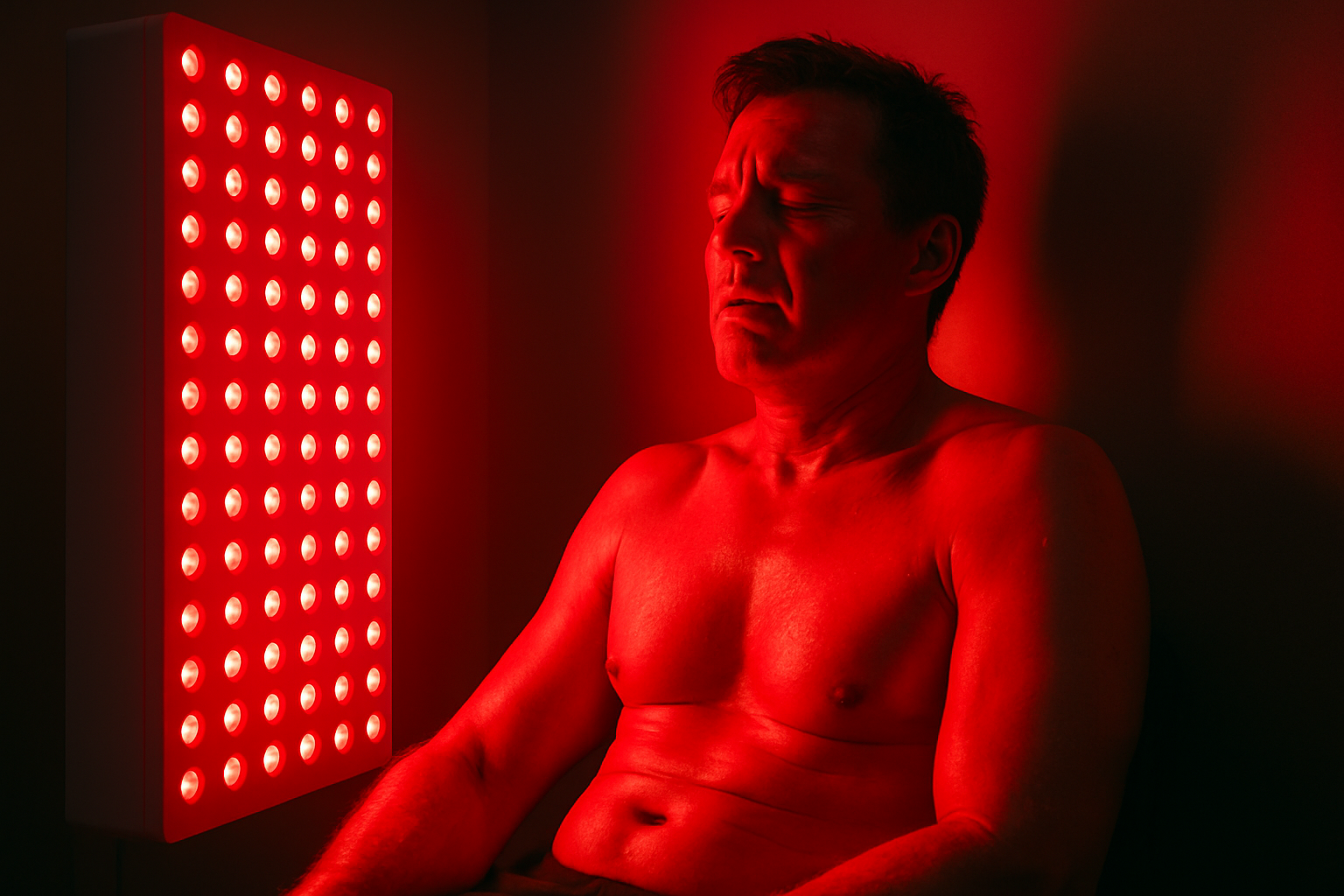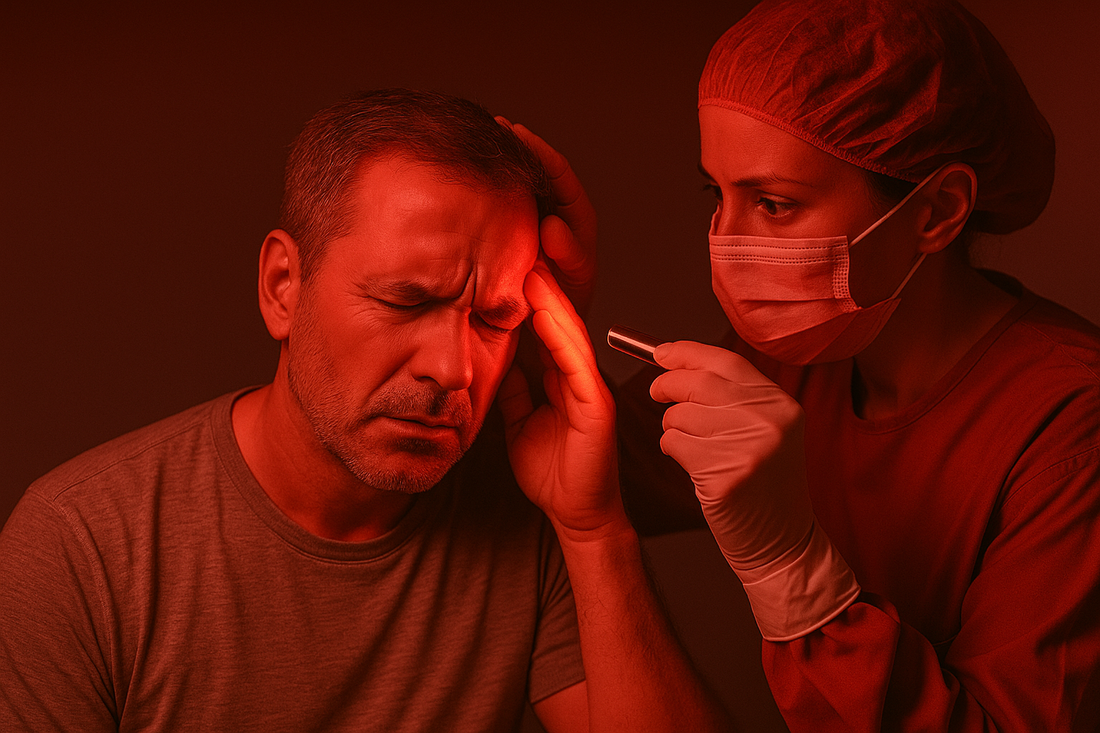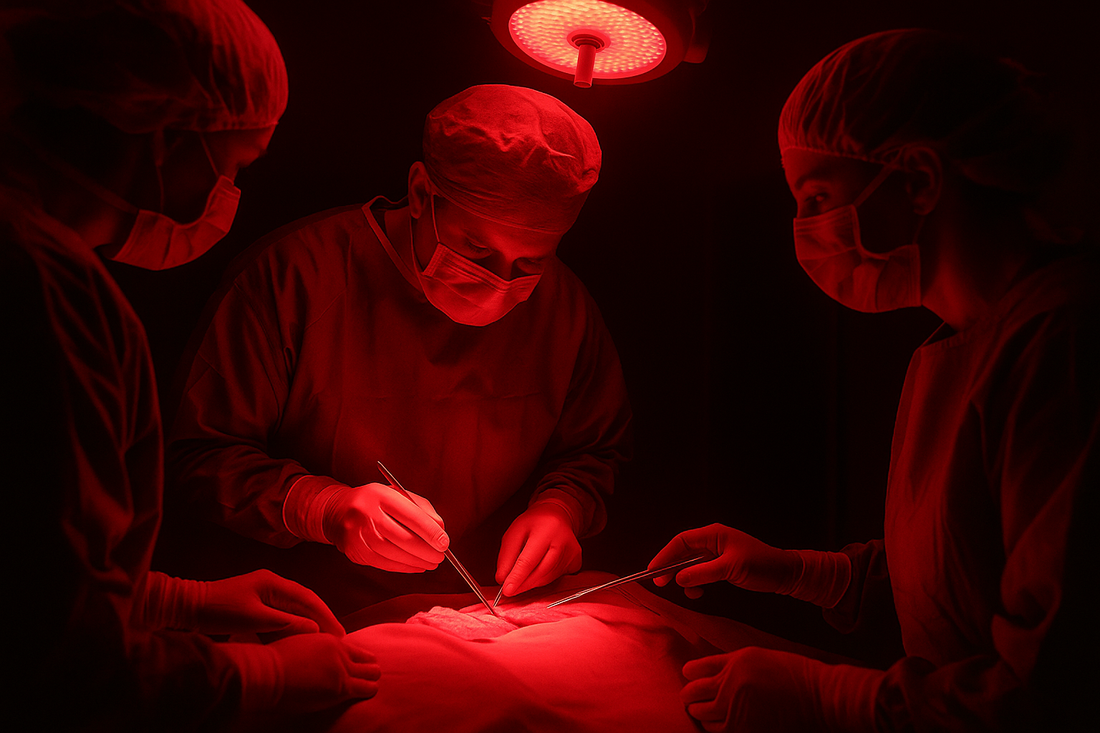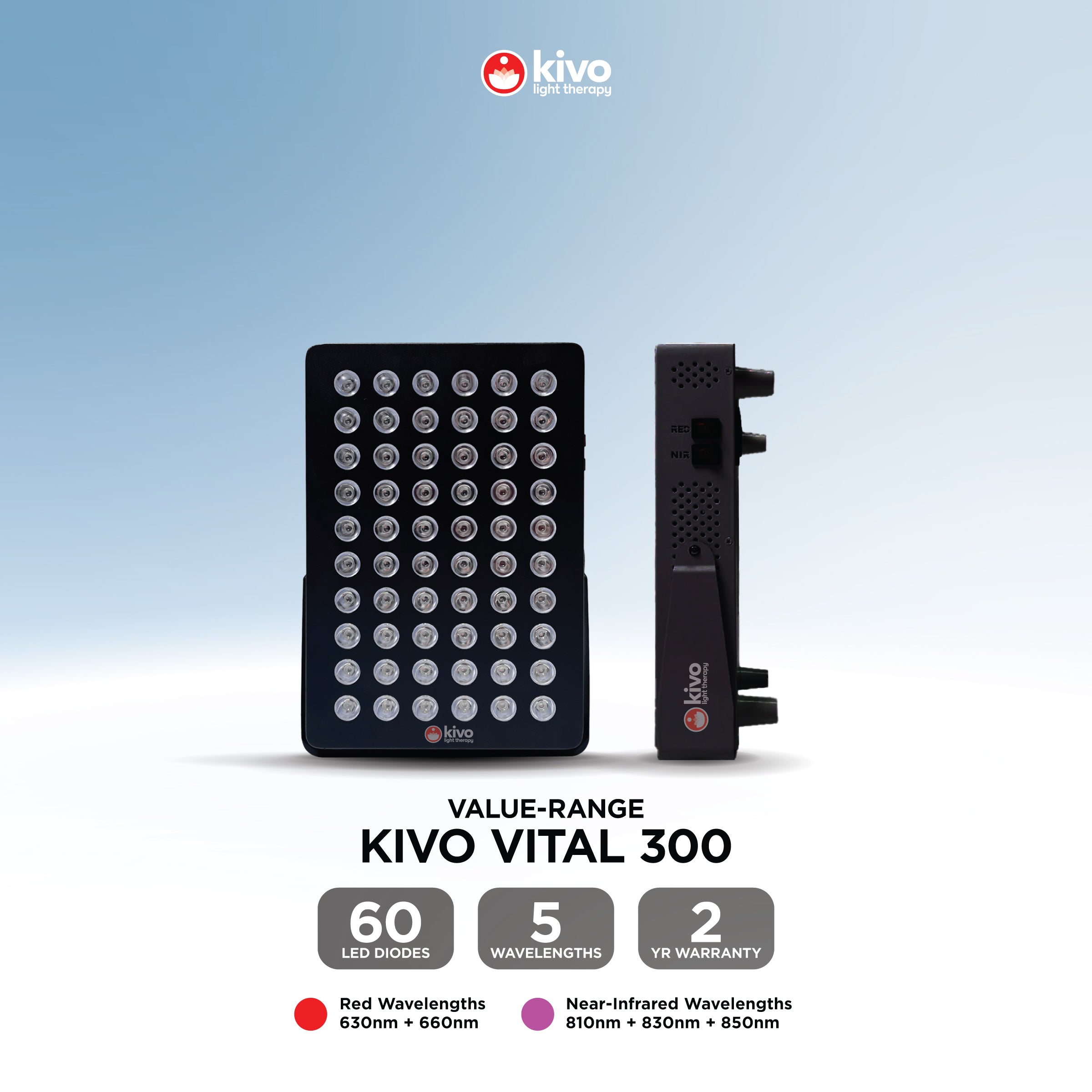Can You Overdo Light Therapy? Understanding Safe Use of Red, Blue, NIR & Yellow Light
Light therapy is a powerful tool for skin health, injury recovery, and overall wellness — but like all good things, too much can become counterproductive. Whether you’re using red light, near-infrared (NIR), blue light, or yellow light therapy, understanding the limits is key to getting results without side effects.
The Biphasic Dose Response: Why More Isn’t Always Better
Light therapy follows a well-documented principle called the biphasic dose response (also known as the Arndt-Schulz Law). At the right dose, light can trigger cellular repair, reduce inflammation, and promote healing. But at too high a dose — whether from session duration, intensity, or frequency — the benefits plateau and can even reverse.

As you can see, there’s a sweet spot. Staying within the therapeutic window yields the best biological response.
What Happens When You Overuse Light Therapy?
1. Red Light & Near-Infrared (NIR)
While these wavelengths penetrate deep and are generally safe, overuse may:
-
Cause temporary fatigue or headaches
-
Disrupt sleep cycles if used too close to bedtime
-
Delay results due to cellular overstimulation
Stick to 10–20 minutes per area, 3–5 times per week using your Kivo Red Light Device for optimal results.
2. Blue Light
Blue light is great for acne and antibacterial benefits, but too much can:
-
Lead to skin dryness or irritation
-
Cause oxidative stress with prolonged exposure
-
Disrupt melatonin production if used at night
We recommend using the Kivo Blue Light Device for 5–10 minutes, 2–3 times weekly, avoiding evening sessions.
3. Yellow Light
Yellow light is gentle and calming, great for redness and sensitive skin — but:
-
Overuse may desensitize skin response over time
-
Can reduce treatment effectiveness if used too frequently
For best results, use your Kivo Yellow Light Device for 10 minutes daily or every other day.
Signs You Might Be Overdoing It
-
You’re seeing diminishing results after consistent use
-
Skin feels unusually sensitive or irritated
-
You experience fatigue or poor sleep after sessions
-
You’re using multiple light types daily without breaks
If you notice any of these, scale back and allow your body time to recalibrate.
How to Stay in the Sweet Spot
-
Follow the recommended session durations per device
-
Take rest days between treatments
-
Don’t stack red, blue, and yellow lights in one session unless medically advised
-
Use a calibrated, high-quality device to ensure correct wavelengths and intensities
Bottom Line
Light therapy is incredibly safe and effective — when used correctly. Respect the biphasic response, listen to your body, and use your Kivo device with intention. You’ll see better results and avoid the pitfalls of overuse.






